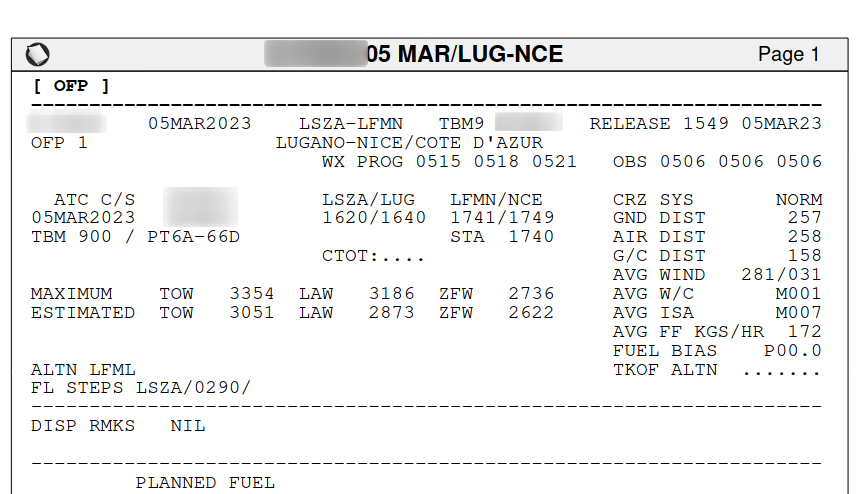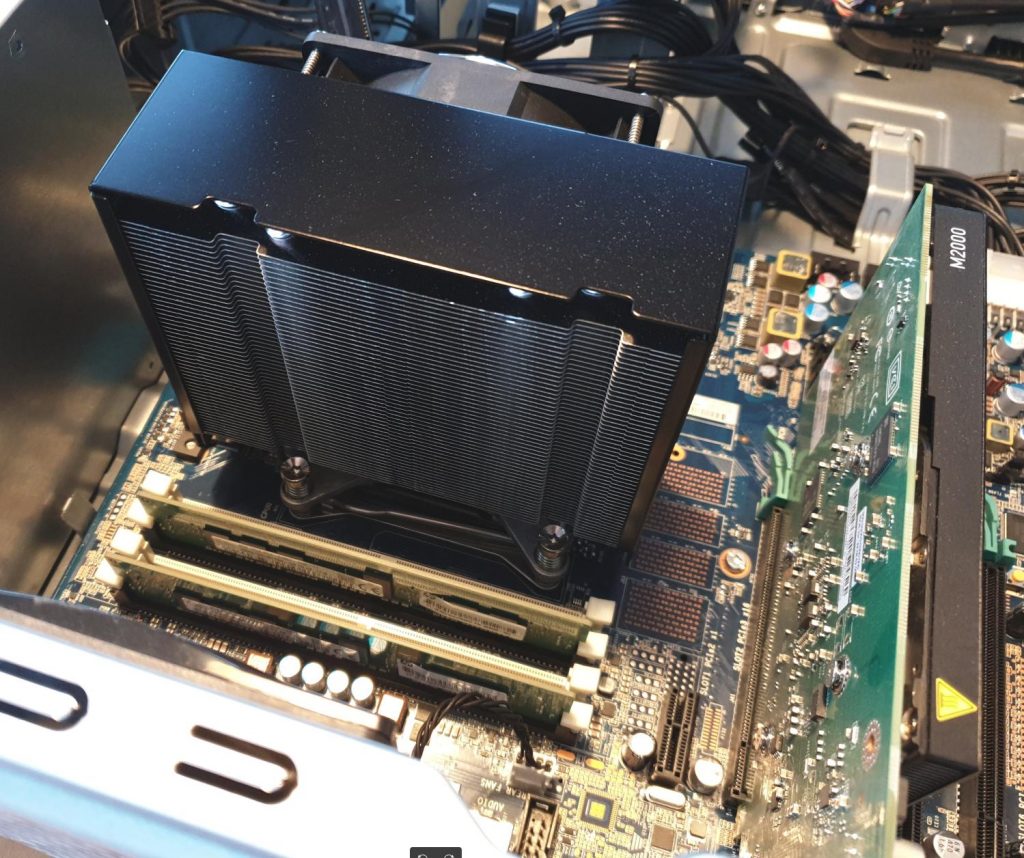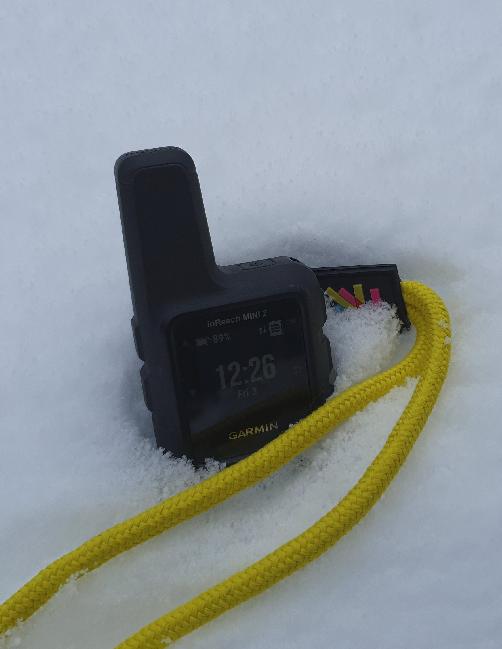
When flying with Visual Flight Rules (VFR) in the simulator, I’ve come to rely on SkyDemon, a real world tool to plan VFR flights and then use it during the virtual flight to find my way and to avoid ‘Charlie’ airspace and restricted areas. When flying with Instrument Flight Rules (IFR), other real life tools such as ForeFlight are an interesting option to use in the simulator. However, ‘the Internet’ seems to conclude that the combination of SimBrief and Navigraph for flight planning and flying is a better alternative for the simulator. I was a bit skeptical at first, because I want my simulator flying as close as possible to the real world, but I gave it a try anyway. So here’s how that went:
Continue reading Reality Bites – Flight Simulation – Part 7 – SimBrief and Navigraph

